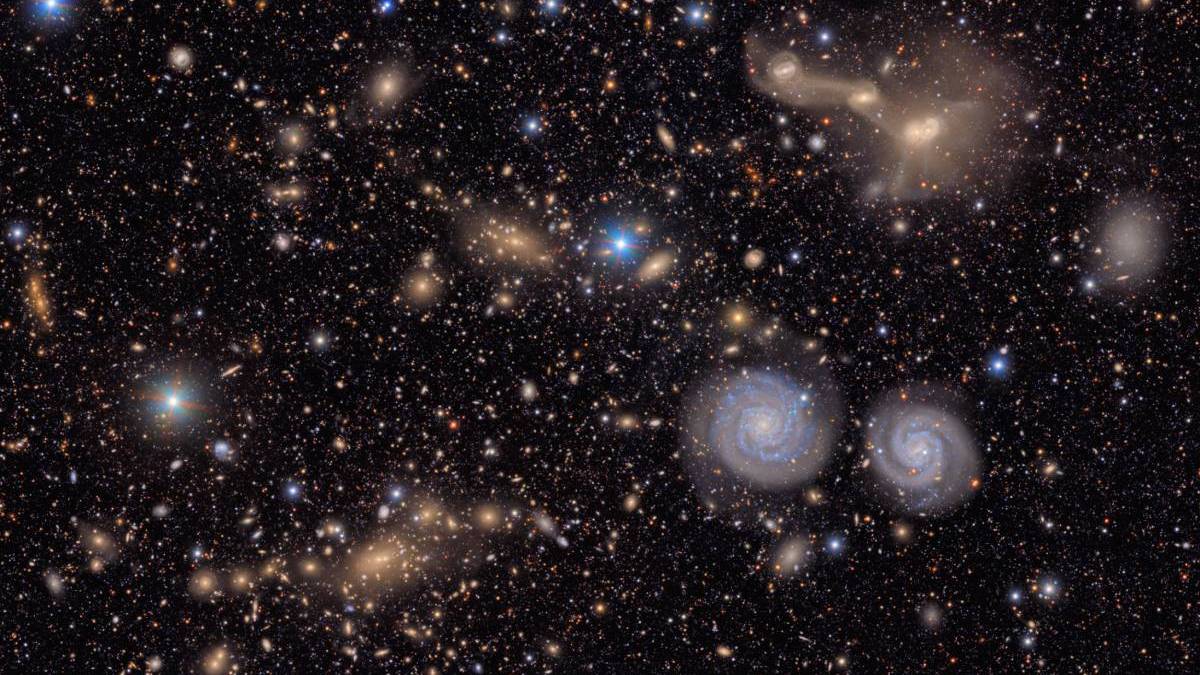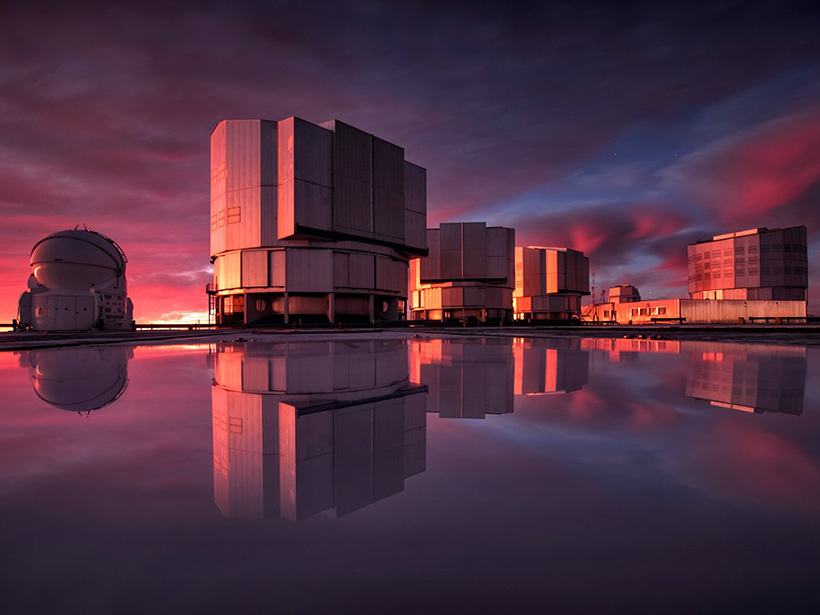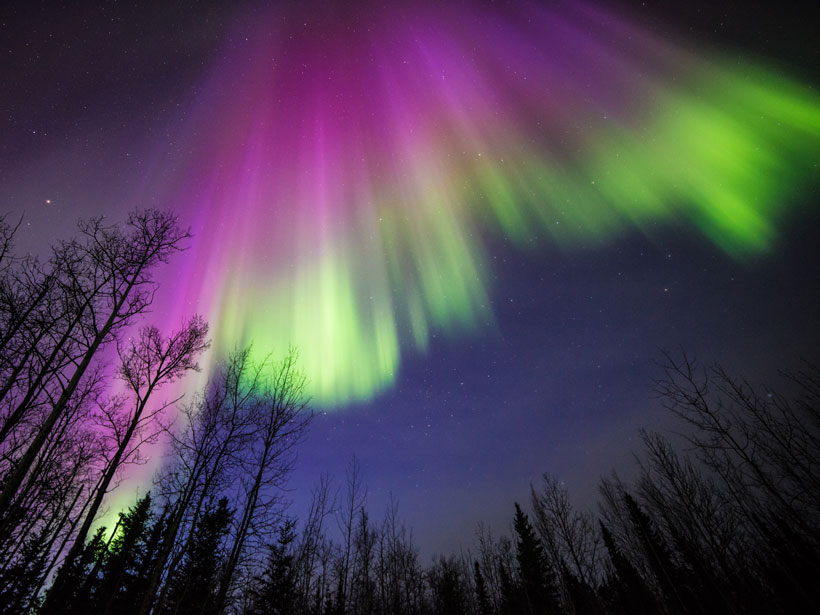Wow. Just wow.
the universe
The First Look at Our New Astronomy Paradigm
Five galaxies, two nebulae, an exoplanet, and the early universe—JWST’s first images provide a cross section of the science yet to come.
Making the Universe Blurrier
Climate change appears to be directly and indirectly affecting the view from at least one observatory while threatening the existence of others.
Five Spitzer Discoveries About Solar Systems Near and Far
The powerful infrared space telescope is powering down after 16 years. It has revolutionized our understanding of solar systems, including hidden surprises in our own.
Deaf Students Feel the Universe’s Vibrations in New Workshop
Students experienced the vibrations of Earth’s auroras, the Sun’s flares, Jupiter’s bow shock, and Saturn’s rings in an outreach activity designed specifically for their community.
Gazing Toward the Universe's Edge: Hubble's Deep Field Legacy
Hubble's sensitive cameras give scientists a chance to witness the birth of galaxies.
The Art and Science of Hubble's Images
How do Hubble images get their vivid colors and subtle shading?
Hubble Turns 25
Breathtaking images, groundbreaking science, and a demonstration of humankind's ability to work in space have made Hubble a cultural icon for a quarter of a century.








